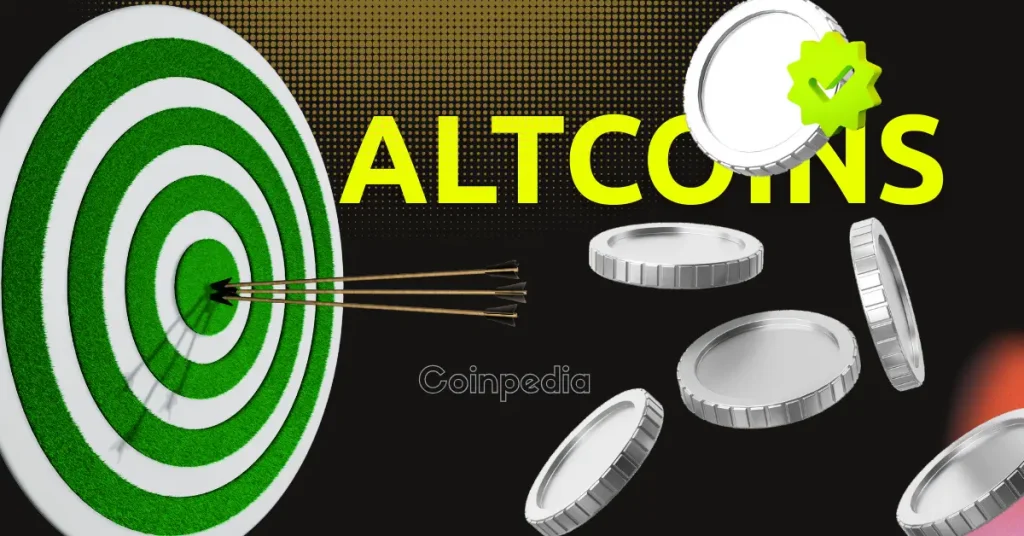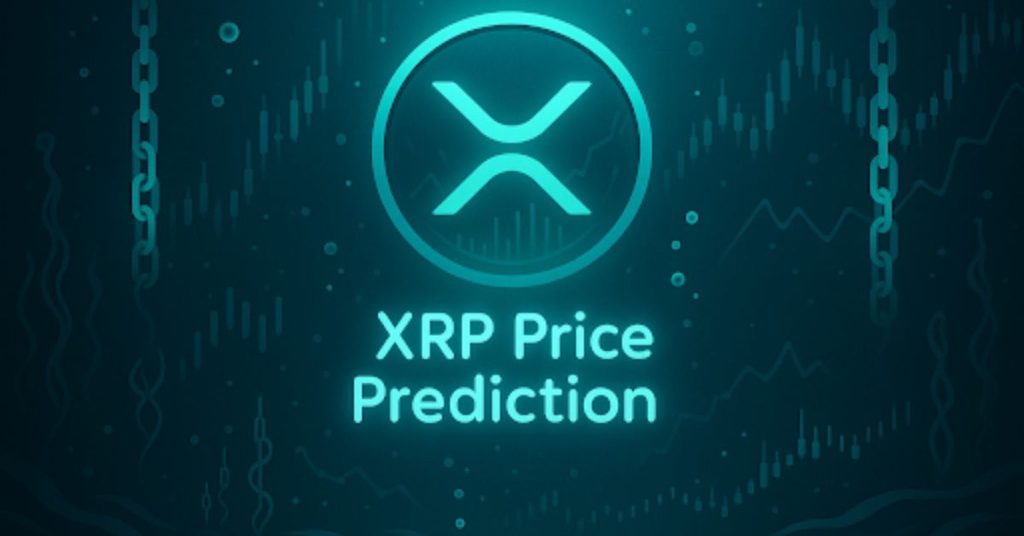
Yikes. Another day, another major crypto company facing rumours of insolvency, as the old saying goes.
Twitter is alive the past 24 hours with frenzied concern about Binance. But is it merely paranoid panic over nothing, or is there something to see here? Let’s see.
Binance under investigation for money laundering
The fun and games started Monday afternoon when a report circulated that US prosecutors may charge Binance, and its top executives, over money laundering and sanctions violations. It related to a probe that kicked off in 2018.
But this shouldn’t kick off any panic about solvency. Even if Binance CEO Changpeng Zhao (CZ) was arrested and Binance banned, customers’ funds should not be at risk. That, and the fact that this investigation has been public knowledge for years. But the world of cryptocurrency is a fragile place right now.
How much money was withdrawn from Binance?
The sensitivity of investors was immediately seen.
Looking on-chain, it is easy to see how many funds have flowed out of Binance. There has been over $2 billion of net outflows of ETH and ERC-20 tokens alone, looking at Nansen data.

Those are fat numbers, people.
But so what? Like I said when conducting a post-mortem on the FTX crash, this should not even be an discussion. An exchange should work relatively simply: customers should deposit cash, only to then leave that cash there or convert that cash into crypto. The assets should sit there for as long as the customer leaves them.
Of course, our buddy Sam Bankman-Fried had other ideas. He can blame a “liquidity crunch” all he likes, but the fact of the matter is that an exchange should not care about a run on the bank because, well, it’s not a bank – it’s an exchange.
So, if everything is above board at Binance, then there should be no concern. Every single customer on the platform could withdraw every single cent right now, and the exchange should just truck along fine. But hey, things aren’t always so cut and dry in crypto land.
Binance’s proof of reserves do not reveal enough
There is no concrete evidence suggesting Binance is insolvent. Anyone saying otherwise is speculating.
But then again, that is sort of the point. There is a reason people are speculating, and it makes perfect sense. Because Binance is not exactly helping itself here.
First, there is the “proof of reserves” set up in the aftermath of the FTX collapse. I put that phrase in quotation marks because what Binance is presenting at the moment is totally redundant. I spent a few hours over the weekend digging into their disclosures and was left confused and bemused.
Binance’s “audit”, as they are calling it, is essentially a convoluted way of saying “just trust me, bro”. Look, I have no reason to believe things are amiss here, but I am just stating that objectively, this audit/proof of reserves is meaningless.
The “audited proof of reserves”, as Zhao calls them, is anything but a formal audit. It’s hard to know where to begin, but how about here: this audit does not even include liabilities.
“Liabilities are harder (to audit). We don’t owe any loans to anyone. You can ask around”, Zhao said on Twitter.
I’m pretty sure formal audits are not meant to be concluded by “asking around” to see if companies are good for it. There are myriad other concerns here about the presentation, but it doesn’t take a genius to realise that an audit without presenting both sides of the balance sheet is a waste of time.
What is happening with the BNB token?
The BNB token is also one to keep an eye on. This is the native coin of the Binance platform. Zhao has been critical of FTX’s native token, FTT, which turned out to be propping up the whole house of cards (RIP). He has said all the right things about not lending out nor accepting BNB as collateral, which is great.
But the flipside is that BNB does present an extra layer of risk here. Even if Binance don’t owe loans to anybody, without presenting its liabilities as part of the proof of reserves, there is no way to verify that Binance does not have liabilities against its own book. This is where BNB could come in as collateral, and things could theoretically get quite messy.
Zhao has said “never use a token you created as collateral”. He is right. But the cost of borrowing on Binance is subsidised if users present BNB as collateral, so there is leverage on the token here indirectly. This is a pressure point that I would love to investigate further, but the information is unfortunately not publicly available, so for now all I can do is wonder out loud on the Internet.
Now, just to be clear, this is a hypothetical scenario for which there is no evidence to suggest is happening. But for as long as a proper audit with liabilities is not presented, there is also no way to verify that any of these far-fetched scenarios are not taking place. That is why we are seeing such large withdrawals as referenced above.
It is also worth noting how meteoric the rise of the BNB token has been, with it dominating nearly every major crypto during the boom. With how the demand dynamics work and the lack of transparency here, it is easy to conjure up doomsday scenarios in one’s head – which are just that, doomsday scenarios, but cannot be discounted given how opaque Binance currently is.
Other happenings
There has been other strange behaviour, too.
Twitter has become an increasingly combative space for Binance. Somewhat remarkably, Binance even published a screenshot of a support log with a customer. The customer did appear rude and aggressive, but a company posting a support log is an invasion of privacy and an outright bizarre move.
This kind of behaviour doesn’t really help anyone. Right now, there are no winners to come out of this whole crypto debacle over the last month. Another thing which is getting airtime is curious movements on-chain and problems with withdrawals. Most notably, the suspension of USDC withdrawals early Tuesday.
Zhao had the below to say:
Then there was the $2 billion Bitcoin transferred on-chain two weeks ago, which Zhao said was a “specific amount” demanded by the auditor to prove that Binance owned the wallet.
Again, like I have repeatedly said, we should not have to rely on tweets to assuage concerns. The industry as a whole – Binance included – simply must become more transparent.
What should investors do?
Like I said, there is nothing even remotely concrete here. Binance still appears to be perfectly fine, and it would be a major shock if anything was to happen.
But for investors, given the lack of transparency and all the chaos happening in the crypto world, the simple answer is that it just makes sense to withdraw from Binance right now.
There is no downside to doing so – it merely takes 30 seconds. Why not play it safe and wait until all the dust settles? Customers literally give up nothing by withdrawing. And at this point, they need to look after themselves first.
Zhao, for his part, has said that he is working with Ethereum founder Buterin to implement a more robust proof of reserves process. This will help, and customers can then re-assess. But for now, my advice would be to use exchanges for trading only, rather than storage, because they are too opaque and there is just not enough information for investors to be confident.
Hopefully, this all blows over. I’m sure it will. But when customers are forced to rely on a CEO’s tweets to clarify concern, that is a massive red flag. And why take the risk when it only takes a few clicks to withdraw?
The post Is Binance safe? Nearly $1 billion of withdrawals in 24 hours appeared first on Invezz.















 English (US) ·
English (US) ·